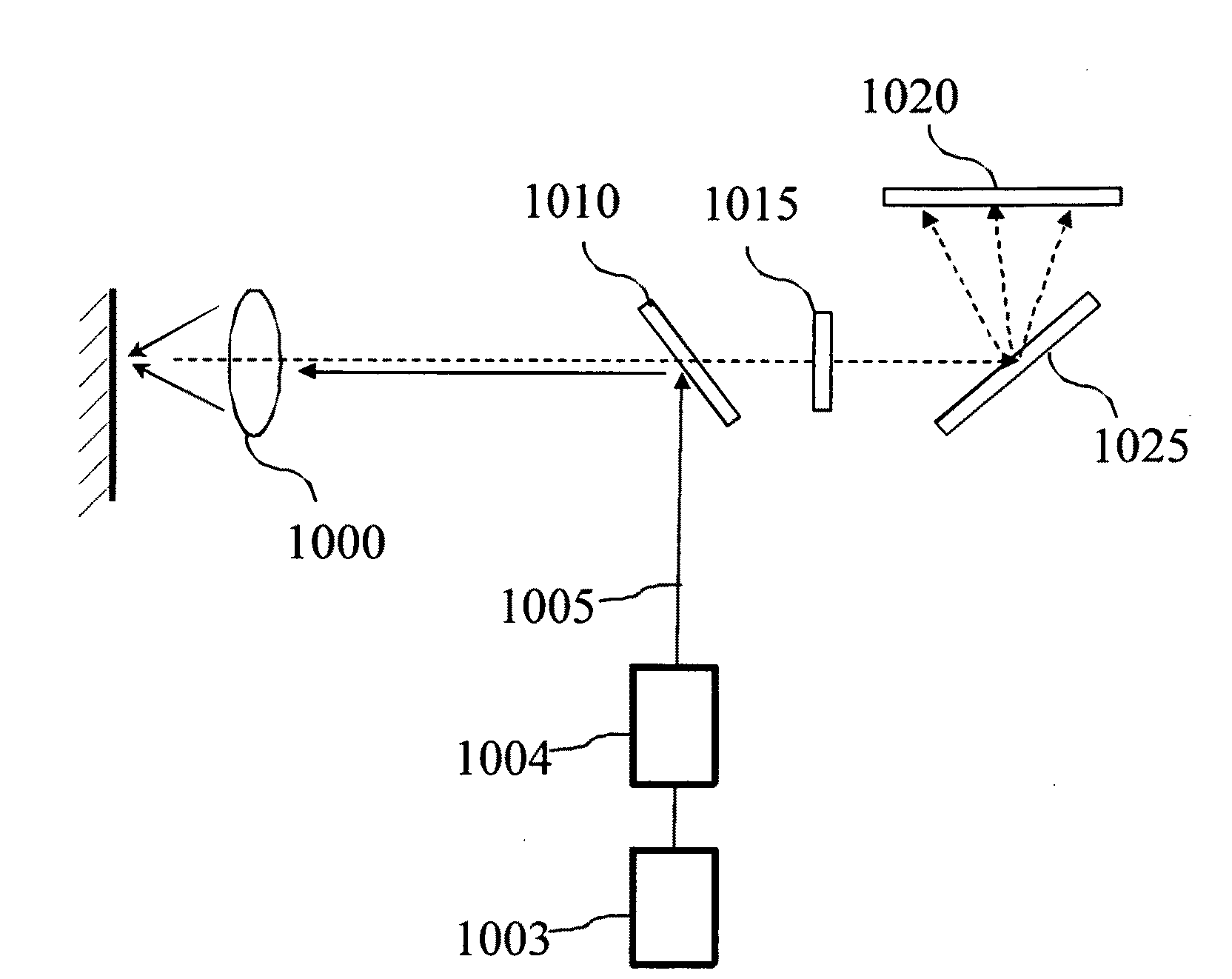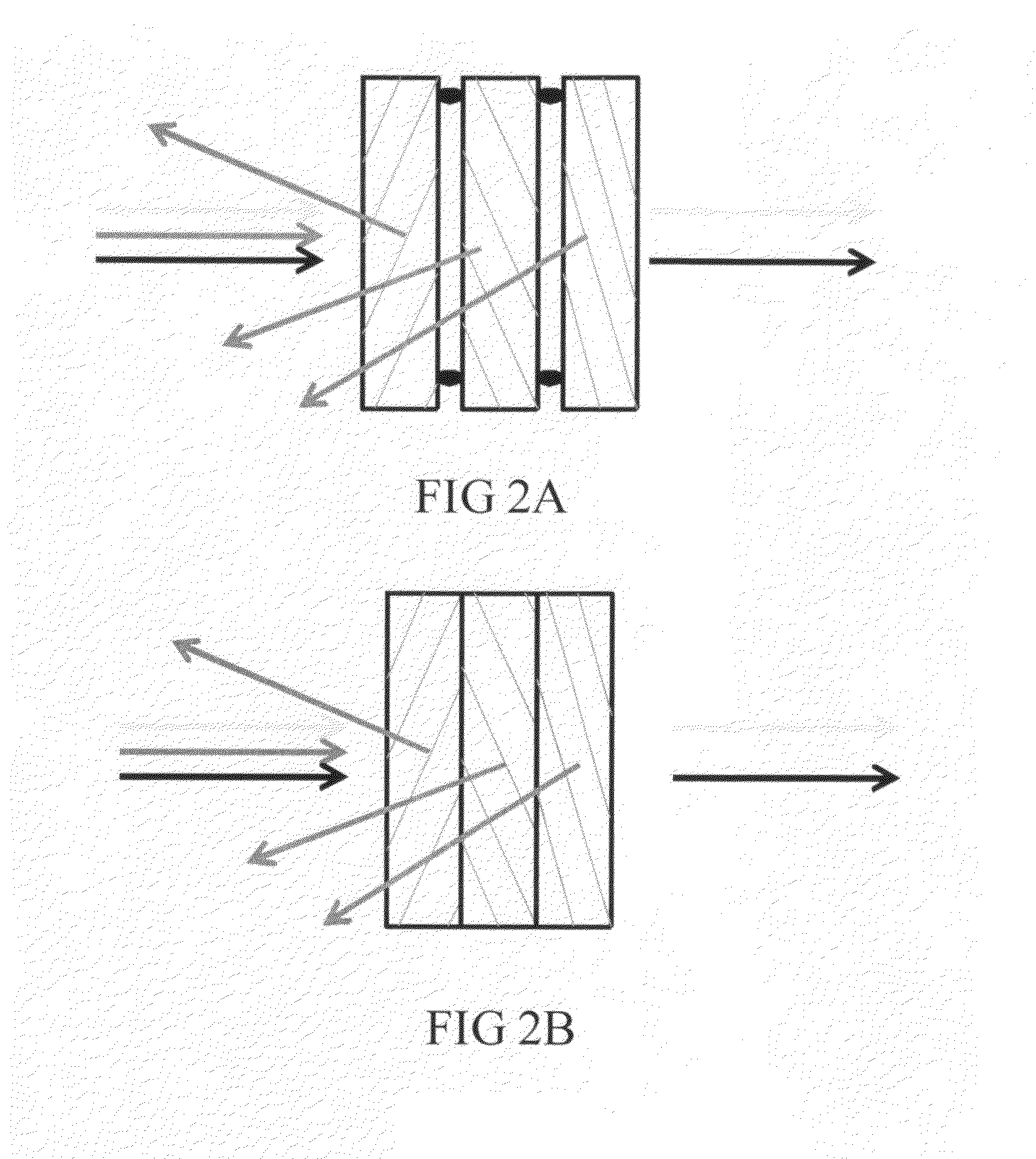Method and apparatus using volume holographic wavelength blockers
a holographic wavelength blocker and volume technology, applied in the direction of optical radiation measurement, instruments, spectrometry/spectrophotometry/monochromators, etc., can solve the problems of reducing the optical density severely, complicated procedure, and both notch filter technologies limited to raman observation, so as to achieve the effect of low cos
- Summary
- Abstract
- Description
- Claims
- Application Information
AI Technical Summary
Benefits of technology
Problems solved by technology
Method used
Image
Examples
Embodiment Construction
[0029]In the following description of the present invention, reference is made to the accompanying drawings which form a part hereof, and in which is shown by way of illustration a specific embodiment in which the invention may be practiced. It is to be understood that other embodiments may be utilized and structural changes may be made without departing from the scope of the present invention.
[0030]The notch wavelength λB of a reflective VHG is characterized by the grating period Λ and the angle of incidence Θ of the collimated illumination on the grating planes:
λB=λo·COS(Θ), (1)
where λo=2·n·Λ is the anti-parallel diffraction wavelength where n the index of refraction. Identical reflection VHGs, i.e. VHGs characterized by the same grating period Λ and incidence angle Θ cannot simply be stacked since the diffracted beams will fulfill the Bragg condition for other VHGs in the stack. Double diffraction on individual VHGs will cause interference effects and prevent the optical densit...
PUM
 Login to View More
Login to View More Abstract
Description
Claims
Application Information
 Login to View More
Login to View More - R&D
- Intellectual Property
- Life Sciences
- Materials
- Tech Scout
- Unparalleled Data Quality
- Higher Quality Content
- 60% Fewer Hallucinations
Browse by: Latest US Patents, China's latest patents, Technical Efficacy Thesaurus, Application Domain, Technology Topic, Popular Technical Reports.
© 2025 PatSnap. All rights reserved.Legal|Privacy policy|Modern Slavery Act Transparency Statement|Sitemap|About US| Contact US: help@patsnap.com



